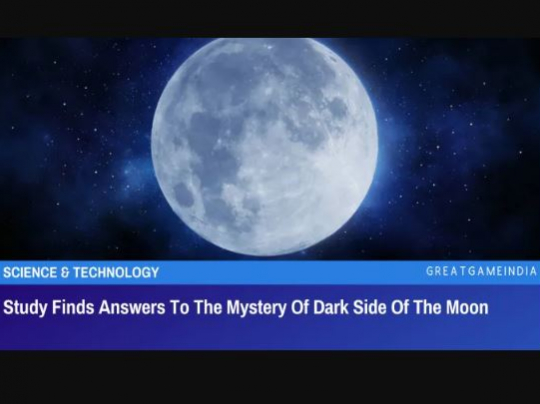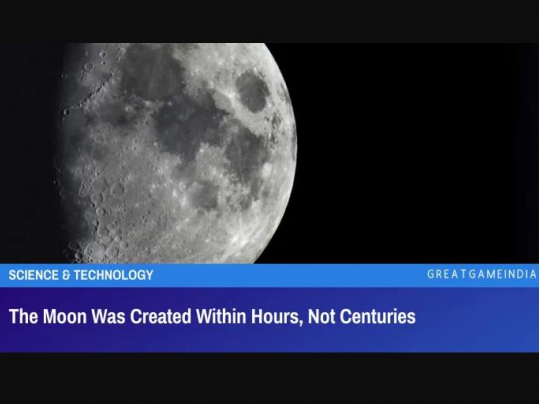Study Finds Answers To The Mystery Of Dark Side Of The Moon

How the Procellarum KREEP Terrane (PKT) formed is arguably the most significant open question in lunar science. Relating to this. a study has found the answers to the mystery of the dark side of the moon which had been an Apollo-era mystery.
The face of the Moon which is always observable from Earth is noticeably distinct from its other side, known as the “dark side of the Moon” The latter is noticeably more cratered, and so this astounding difference has long perplexed scientists.
According to new research, the Apollo-era mystery of the Moon’s two sides appearing so dissimilar may well have been settled. The solution appears to be clarified by referring to the example of the South Pole–Aitken basin (SPA).
Brown University led the research, and according to the press release, the scientists used a computer simulation to investigate the effect that formed the SPA – one of the earliest collisions ever recorded on the Moon. It happened about 4.3 billion years ago, just in time to be accountable for the alterations in the lunar interior that caused its sides to look a bit different.
“We know that big impacts such as the one that formed the SPA would create a lot of heat,” said Matt Jones of Brown University, who is the study’s lead author. “The question is how that heat affects the Moon’s interior dynamics. What we show is that under any plausible conditions at the time that SPA formed, it ends up concentrating these heat-producing elements on the nearside. We expect that this contributed to the mantle melting that produced the lava flows we see on the surface.”
Brown University researchers collaborated with colleagues from Purdue University, the University of Arizona’s Lunar and Planetary Laboratory, Stanford University, and NASA’s Jet Propulsion Laboratory.
The origins of the lunar sides’ differences were first raised by the scientific community in the 1960s, after the Soviet Luna missions and the US Apollo program disclosed them. Initially, the distinctions in volcanic deposits were the only thing that stood out, but subsequent missions divulged that the geochemical composition of the two Moon faces differed as well.
Furthermore, the near side of the Moon has a compositional abnormality recognized as the Procellarum KREEP Terrane (PKT) — an accumulation of potassium (K), rare earth elements (REE), phosphorus (P), and heat-producing components such as thorium that is focused primarily in the volcanic plain Oceanus Procellarum and is not found elsewhere on the Moon.
It later turned out that the advent of the SPA as well as how the heat that founded it influenced the PKT could also explain this abnormality. As per the observations, “the KREEP material would have ridden the wave of heat emanating from the SPA impact zone like a surfer” with the heat plume transporting it en masse to the Moon’s near side. The group ran numerous simulations to investigate various impact scenarios, and yet all of them were coherent with KREEP concentration levels on the nearside, which could explain the PKT anomalous behavior.
“How the PKT formed is arguably the most significant open question in lunar science,” Jones said. “And the South Pole–Aitken impact is one of the most significant events in lunar history. This work brings those two things together, and I think our results are really exciting.”
- Source : GreatGameIndia


















